Creepy Crawlies
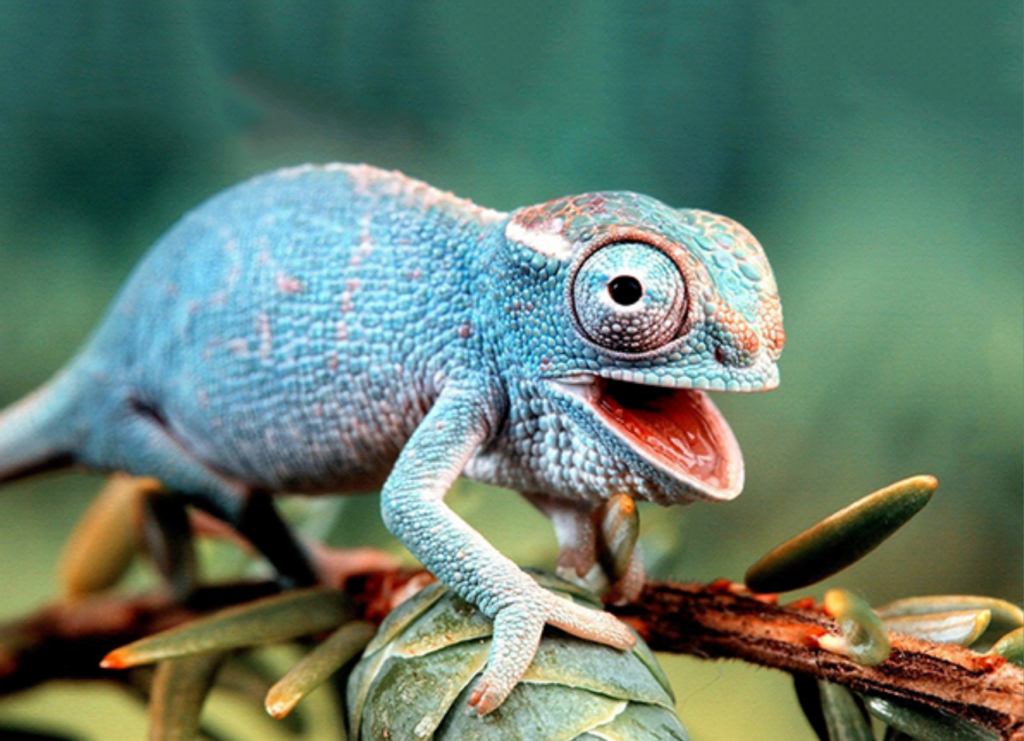

Designed by Jyoti Sunkara and Ahish Deshpande
I think, like me, most people regard bugs, as well, bugs—annoying little critters that sting us or just create a nuisance. Why would anyone be enchanted by them?
Individually, insects are not incredibly interesting, unless you get down on the ground or view them under a microscope to look at their complexity. But they are the invisible force working throughout the world to keep it running. They do everything from returning nutrients to the Earth to keeping wildlife going along by playing their role as the base of the food chain for fish, birds or mammals.
People tend to think a higher, godlike being runs the show. They’re wrong. The real answer is under your shoe. Or flyswatter. Or—parasitically—skin. You know them as the common house pest. But collectively insects are the microscopic lever pullers calling the shots, shaping our ecological world and plant life for over 400 million years.
My experience with insects never awoke an entophile in me, they however managed to make me curious about their ways of life.
Our approximately 70 acre campus has a large number of lush green spots that are home to a wide variety of creepy crawlies, heck they even reside in the barren, concrete locations as well! Of course having an encounter with a beast of small magnitude in your room is quite undesirable, but what better way to learn about 75 percent of our animal kingdom than by being curious about its occurrences around you.

In the first semester of the new academic year, after weeks of annoying downpour we begin to get
accustomed to clear weather. Just when all seems pleasant (only weather wise though), seemingly overnight, green worms hanging on a silk thread from trees the route to the North mess become as ubiquitous as drugs in OBH. These worms, in numbers larger than comfortable, with waggling heads and an awful lot of legs falling from the trees and parachuting onto people’s heads.

The little creatures, identified as cankerworms, are basically harmless—a nuisance, but harmless.
Cankerworms feed on leaves and then do what most caterpillars do—form a cocoon and then turn into a moth. Their feeding is usually of little consequence to the trees—there are plenty of leaves for both the tree and the worm.
The problem is the wind! The wind dislodges them from their lofty dining rooms in the trees and they hang suspended in mid-air by a thin silk line. As you walk through the area the silk and worms cling to the clothes and skin.
Advice: This too shall pass! Allow the worms finish their life cycle, turn over a new leaf if I may, and soon they will be gone!

An Indian chameleon sits motionlessly at the Bakul entrance. Suddenly it’s sticky, two-foot-long
tongue snaps out at 13 miles an hour, wrapping around a cricket and whipping the yummy snack back into its mouth. Now that’s fast food dining! And the chameleon’s swift eating style is just one of its many features that’ll leave you tongue-tied.
Their peepers can move in two different directions at once, giving the lizards a panoramic view of their surroundings. This eye-popping reptile really knows how to scale up the cool factor.
On campus you are sure to find many humans that are like chameleons: They can blend into any environment with ease. But are chameleons, themselves, like…chameleons?
Strangely, chameleons do not choose background colours and may not even able to percieve colour differences. Sounds like a reptile dysfunction?
No its true, they are usually in shades of green or brown or with bands and their primary purpose of colour change is for communication with other chameleons, so I guess you can still say they’re trying to blend in! They also change colour to control body temparature by changing to dark colours to absorb heat since they are cold-blooded creatures—much like many others on campus, if you know what I mean.

Dragonflies, by contrast, look dainty, glittery and fun, like a bubble bath or costume jewelry, and they’re often grouped with butterflies and ladybugs on the very short list of Insects People Like.
Yet, they are also voracious aerial predators—when setting off to feed on other flying insects, often snatch their targets midair and wolfishly consume the fresh meat on the spur without bothering to alight. Talk about being on the fly!
Meanwhile, the phrase “they come in all shapes and sizes” could have been coined just for the Coleoptera—the beetles.From the minuscule to the mighty, tree-dwellers to pond-swimmers, millions of beetle species reveal a wealth of information about the world we live in. Taking a look at the beetles in campus should definately be interesting!
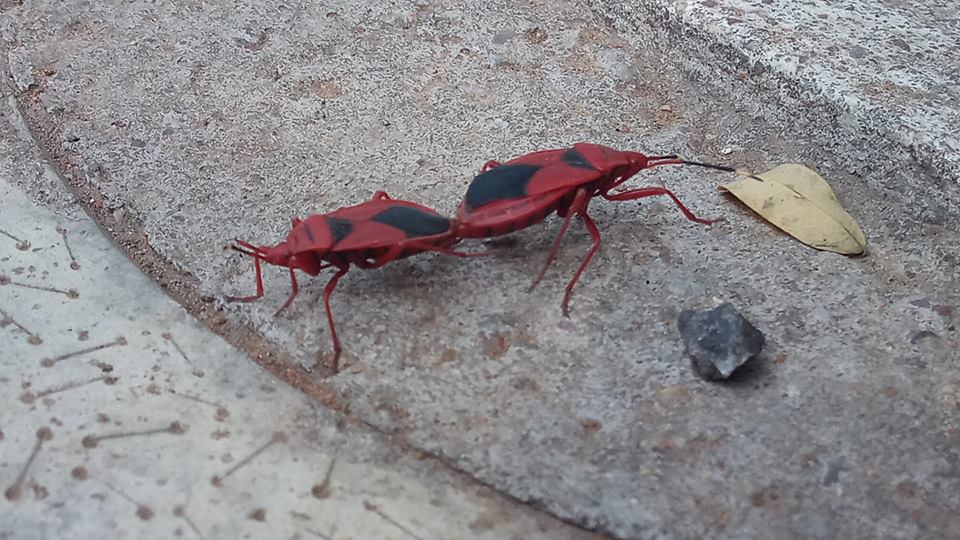
These beetles are an Asian species of the Pyrrhocoridae family. They are known to be cannibalistic in nature, and in this picture they can clearly be seen playing with their food.
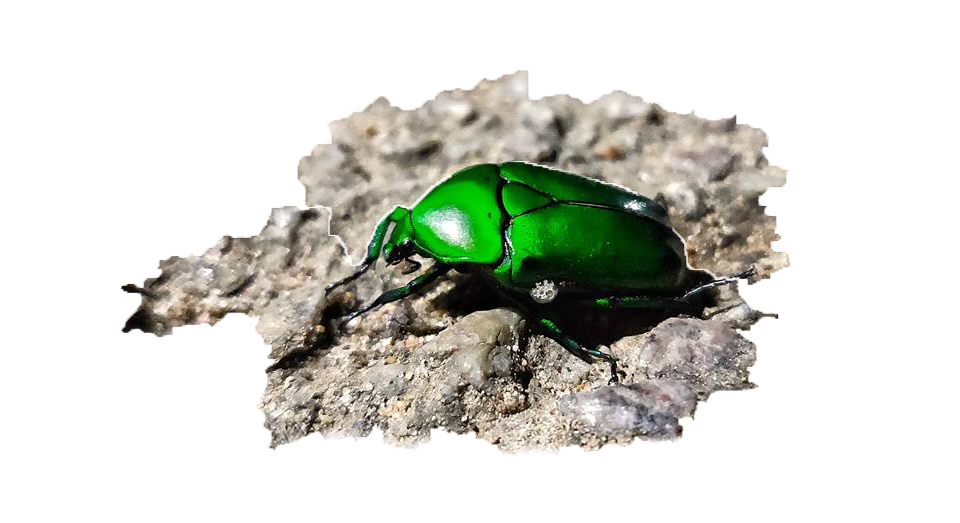
Commonly known as the rose chafer, this bug is a picky eater. So the next time you decide to be a conventional lover and pick out roses, finding a metallic green bug in them might not be a bad thing. Infact, these bugs are poisonous and could always serve as a backup plan incase things dont go as pdesired. (Ping! is not responsible for any damage caused whatsoever.)

Katydids or the leaf bugs are all about leaves, they look like a leaves, eat leaves and heck even move like leaves—swaying to the wind. These pictures were taken in Vindhya but really katydids can be seen all over campus flaunting their leafy camouflage. However, katydids have a strong bite and it’s probably best to leaf them alone.

A caterpillar spends its entire day alternating between eat and sleep, aiming to grow bigger. Butterflies and moths on the other hand are curious creatures that hop from flower to flower searching for nectar and a mate. Easy parallels can be drawn to college where you can find people who laze around all day as well as many who wake up seeking to seize the day

Most people would rather watch an entire season of Keeping Up with The Kardashians than deal with a spider’s presence in their rooms. Very understandable, as spiders with their eight arched legs – sometimes fat and furry, or thin like dark needles – crawling close, provoke outright revulsion and fear.
Spider webs are the cause of many stressful moments as well. It’s truly amusing how when I walk into a spider web, I’ve essentially demolished the spider’s home and displaced its dinner, yet somehow I always feel like the victim.

Almost as widespread and prevalent as dogs on campus are frogs and toads. It’s hard to froget their presence during the rainy season, when almost every trip to the mess at dinner time involves spotting a couple of these slimy creatures. While they are harmless in general, or so I’ve been toad, their large size, slimy skin and confident jumps can be quite ribbiting.

Of course, like as in every area with greenery present, scorpions and snakes are found on campus as well,. Every sighting is usually accompanied by a post on the Life facebook page where within seconds comments with people tagging batchmates who’ve ‘snake’d them begin to slither in.

If you could choose to be an insect, always, always choose to be a mantis. Say you hadn’t read this article and had chosen to be a green grasshopper instead. You’re jumping around, not looking for enemies because you know you blend in and are hard to see. Suddenly, another insect grabs you with long legs, jabbing its pointy leg spikes into your body so it can hold you and chow down. You just became a snack for a praying mantis.
Mantis are one of the worlds fastest, most perfect predators. A silent prayer for the tenant of the room in which the above picture was taken.


Millipedes and centipedes are the many-segmented and multilegged animals that live in rotting logs, but there is a huge difference in their strategies for survival. Centipedes are fast-moving carnivores with venom-filled jaws for killing insects while the slower millipedes feed on decaying plant matter.
Most millipedes, when alarmed, curl up like watch springs with their soft undersides hidden and their heads at the center of the spiral. If attacked, they emit toxic compounds like cyanide from glands on each body segment. Looks like it’s hard for them to put their best foot forward, when they’ve got so many.


 Qu’ils mangent de la grenouille! (Let Them Eat Frogs!)
Qu’ils mangent de la grenouille! (Let Them Eat Frogs!)  Tale of Two Cheenties
Tale of Two Cheenties  Peace of mind.
Peace of mind.  Boats and Valorant
Boats and Valorant 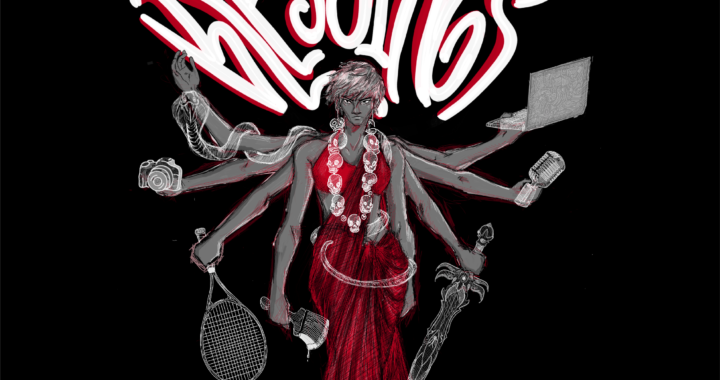 Blessings
Blessings  Shivering in the sunlight
Shivering in the sunlight 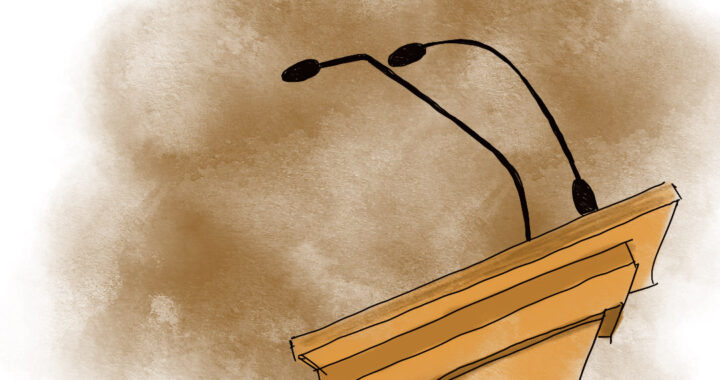 Cleaning up the Mess?
Cleaning up the Mess?  We Are So Cooked
We Are So Cooked
2 thoughts on “Creepy Crawlies”
Comments are closed.